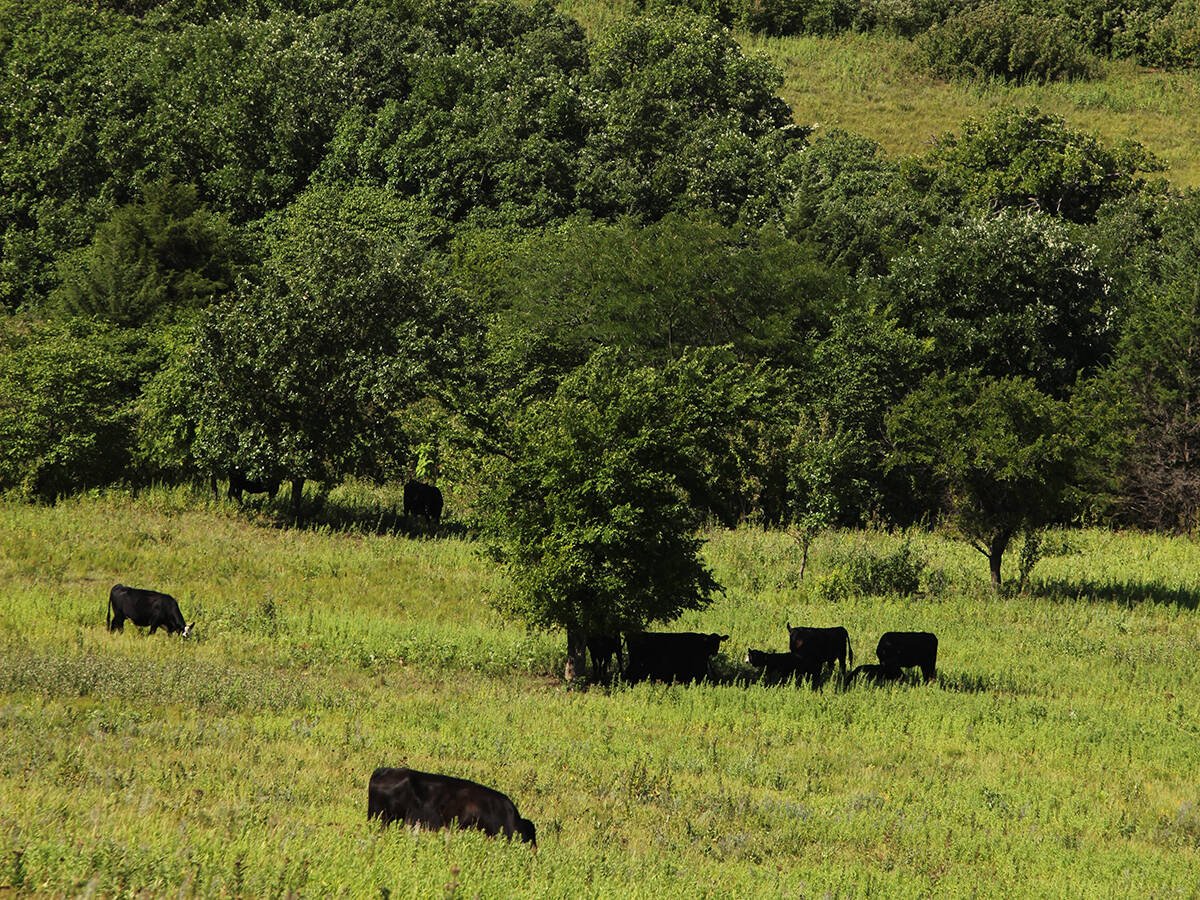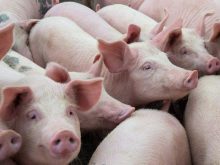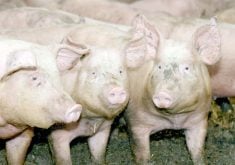BROOKS, Alta. — Maintaining a relentless patrol along Alberta borders has kept the province rat-free.
Government plant pathologists including Ieuan Evans hope the same diligence keeps fusarium head blight out of Alberta wheat and barley fields. Right now, the province is buying time until an effective combatant can be found to eradicate this destructive fungus from Western Canada.
“We’re looking for resistance and chemical control. That means any combination of things that will work to reduce or eliminate fusarium head blight from our cereal crops,” he said.
Read Also

Beef cattle more prone to trace mineral deficiencies
The trace mineral status of our cows and calves is a significant challenge for western Canadian producers and veterinarians.
“This is a serious worldwide problem because it produces a natural poison.”
Alberta is conducting field surveys to learn if the fungus is present here. So far, none of the blight has been discovered. Evans advised those attending a crop school at Brooks to start checking wheat and barley fields now for the infection.
Fusarium on cereal crops is a serious disease that was declared a pest in Alberta in September 1999, in an effort to keep the province fusarium free.
“Anyone bringing it into the province knowingly is liable to prosecution,” he said.
This spring, two batches of infected seed arrived in Alberta. One batch came from New Zealand and another from Ontario. The seed was rejected.
“They were all yanked out and sent back.”
In 1994 a single field at Three Hills in central Alberta showed infection in wheat seed from the United States. In the Medicine Hat area less than one percent of irrigated cereals have shown signs of infection.
Alberta has become a source of fusarium-free barley for maltsters and livestock feeders who want clean grain. Infected grain carries a toxin that could kill pigs.
“We actually feed wheat to people that we won’t feed to hogs because the wheat contains fusarium head blight toxins.”
Concerns remain that infected barley from Manitoba imported to Alberta feedlots could spread the disease if it is spilled or germinates in manure. Currently, 15 lots are being monitored in the Lethbridge region with no detectable problems.
“We know it gets into feedlots and we know cows eat most of it. So far, we have not seen it materialize in fields.”















